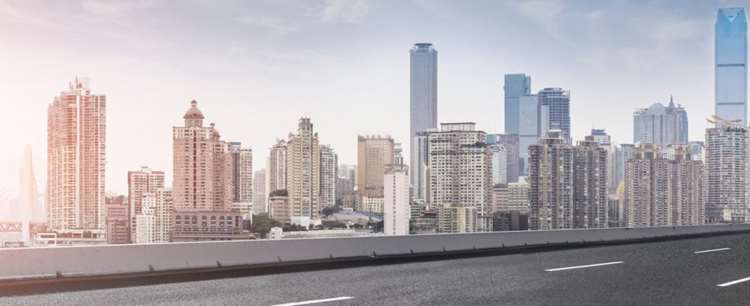

The immediate future scenario looks bleak. Every prediction could be upturned, as the coronavirus stems from the usual pace of business. Between doomsday predictors and eternal optimists, what is in store for the real estate industry? And will there still be a surge in the commercial spaces market?
Of course, eventually, this calamity too shall pass.
A vaccine will be discovered at some stage and the economy will limp back to a semblance of “normalcy”. But what will this normal look like?
I can remember the security situation before 9/11 at the airports. Passengers would breeze through. Our friends and family too could come to see us off … almost up to the plane. It was a different world. But once the Twin Towers came down, a new normal emerged. What we are used to today at airports is the new drill that we are now all used to.
And we are at an inflexion point again. Only this time, our enemy is an invisible, microscopic virus that spreads through close contact. So, the way to fly from our airports will become ‘touch-less’ and ‘interaction-less’ … yet another new normal.
Airports will not be the only places to change. What if the real estate industry? Of luxury housing, mid-level housing, affordable housing, posh offices, co-working spaces, service apartments etc.?
I have been observing some socio-economic aspects and trends in real estate that are likely to emerge. Maybe these were trends whose time had come anyway coronavirus gave them the nudge they needed. Here are some observations that I would like to share.
Observation One
The social and economic condition of migrant workers at construction sites will increasingly require improvement. And rightly so. The plight of this unfortunate band of unorganized workers has been widely exposed. The whole country, governments and authorities need to take serious note of this sector.
The situation is like an unexploded bomb! Politically and socially, this ‘bonded’ labour scenario cannot carry on. 70% of the unorganized workers have no papers and are at the mercy of unscrupulous contractors (some of whom have not paid the migrant workers despite developer payments and state government grants).
90% of India’s 500 million workforce is unorganized and badly housed, despite contributing 50% to the country’s gross domestic product.
This group of 42 core workers, if not appeased, can turn into a revolution of dissatisfied dissidents. Not good as an example of the social responsibility of developers … and not good for the business either. There is a social and moral imperative to making money, and that imperative must now be exercised by developers.
The time is opportune for developers to demonstrate their social conscience by providing decent living conditions, facilities and proper wages to the labour workforce. Limit the interference of contractors to only supplying the construction workers.
Developers must now train, equip and take responsibility for this sector.
Health, food and living conditions for workers must improve. This move will be beneficial for the work and will also earn the goodwill of potential customers and all stakeholders at large.
Observation Two
The viral infection will eventually go and possibly be forgotten. But the need for safe and healthy living will be the new normal. There will be a premium and demand for open spaces and a reduction in the demand for co-working spaces. ‘Exclusiveness’ will have to be baked into the design.
Living in mini-townships with sufficient green spaces and good health facilities will become popular.
Condominium projects with inbuilt medical facilities will be much sought after.
Thus, outer-town living with ease of connectivity will be in demand. And, if the developers are willing to provide private transportation, the home buyers will be even more delighted.
Observation Three
The future real estate spaces will be more and more ‘touchless’ and digital. The direction will be towards ‘Smart Homes’. This does not, as widely envisaged, mean a tremendously expensive proposition.
The advent of telemedicine has already become a reality. It needs to be incorporated into the homes of the future as a necessity for safe and happy living. I can also envisage much more attention to the senior residents than before. Homes equipped with digital health buttons, clinic access screens etc. will become the preferred norm. This is just the beginning of the new status of the real estate industry in India. But it will be a long and viral road’ to this new reality.
Observation Four
The WFH: Work from Home badge has become a successful model of operation for many companies. IT, Media, Commercial Enterprises, Financial Advisories, Advertising Agencies, Digital Resources, Insurance Companies etc. have all managed very well with their executives working from home.
Quite a few are now seriously considering not going back to their swanky office spaces. The rentals saved will be a welcome contribution towards their long road back to stable finances which have taken a severe hit!
Observation Five
So, what is going to be the preferred habitat for the future home buyers, or for that matter the future office goers?
I am quite certain that just like the inclusion of gyms and fitness centres, buildings and spaces that take full cognizance of health factors will be the highest in demand.
Antibacterial paints, antifungal air conditioners, antibacterial surfaces and touch-free controls should be the established features of the future.
1
2
3
4
5
6